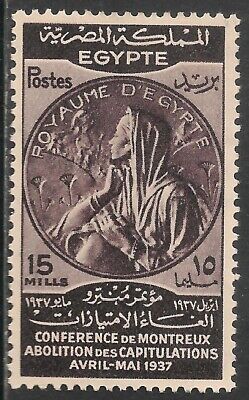Exploring Egypt: A Land of Ancient Wonders and Modern Aspirations

Introduction
Egypt, often referred to as the cradle of civilization, holds a pivotal role in both history and contemporary society. With its iconic monuments like the Pyramids of Giza and the Sphinx, it attracts millions of tourists each year, contributing significantly to the global cultural landscape. Moreover, Egypt’s strategic location and modern developments offer a fascinating glimpse into its evolving identity amidst ancient heritage.
The Importance of Egypt’s Historical Legacy
Egypt’s history dates back to around 3100 BC, marked by the unification of Upper and Lower Egypt under the first Pharaoh, Narmer. Over thousands of years, the Egyptians developed remarkable achievements in architecture, mathematics, and writing. Today’s Egypt is a reflection of this rich past, with archaeological discoveries shedding light on ancient practices and beliefs. The country is home to the largest collection of ancient monuments, with UNESCO recognising many sites as World Heritage Sites, thereby underscoring their global significance.
Modern Egypt: Challenges and Developments
In recent years, Egypt has faced numerous challenges, including economic reforms, political tensions, and social issues. However, the country has been undergoing a transformative process aimed at modernisation and growth. Initiatives such as the New Administrative Capital project and advancements in tourism infrastructure demonstrate Egypt’s commitment to bolstering its economy and enhancing its global competitiveness. The government has also focused on renewable energy projects, particularly solar and wind, positioning Egypt as a leader in sustainable energy in the region.
Tourism: A Key Economic Driver
Tourism remains a cornerstone of Egypt’s economy, providing jobs and promoting cultural exchange. Despite the setbacks experienced during the COVID-19 pandemic, the Egyptian government has been proactive in revitalising the tourism sector. Measures such as vaccination campaigns for tourism workers and safety protocols at cultural sites are designed to ensure visitor safety. The anticipated opening of the Grand Egyptian Museum in 2023 is expected to attract more international visitors, bringing renewed attention to Egypt’s rich history.
Conclusion
Egypt stands as a testament to the enduring legacy of human civilisation, where ancient wonders coexist with modern aspirations. As the country looks towards a future filled with potential, it remains crucial for Egypt to balance the preservation of its historical heritage with the pursuit of economic growth and development. For readers, understanding Egypt’s journey from the heights of its ancient past to the challenges of modernity provides insight into not only a nation but a vital piece of global history.









